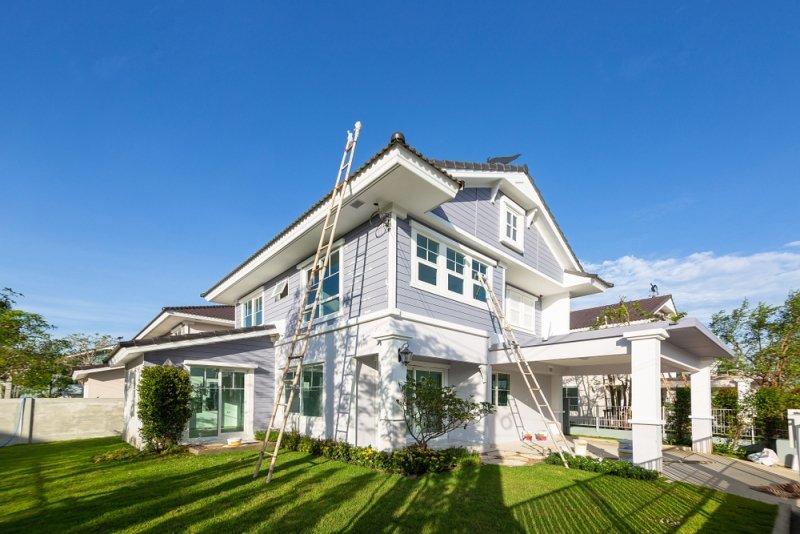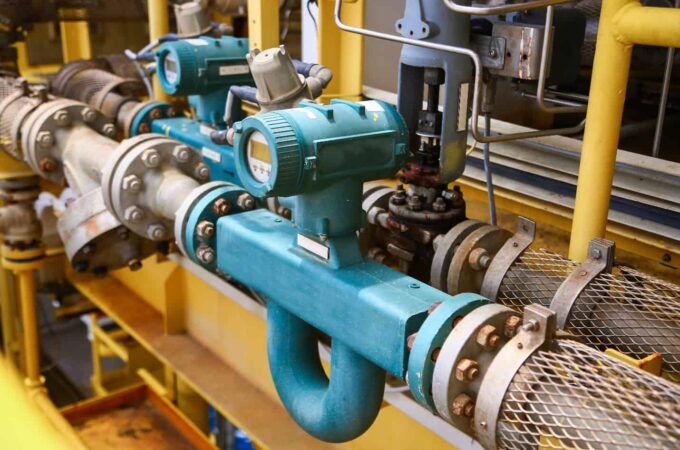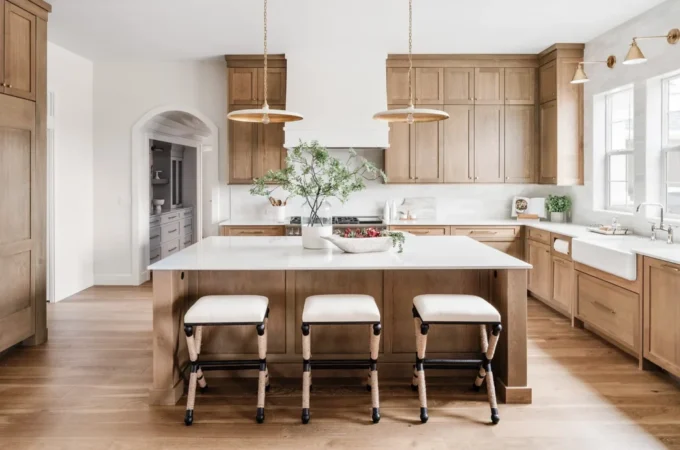
The Three Main Types Of Construction Defects
The construction industry may have felt the effects of COVID-19 but there is still a huge demand for new homes. It’s estimated that 220,000 are being built per year and that’s not enough to keep up with demand.
The problem is that the more urgent the demand for buildings the more likely it is that the construction industry will cut corners. That leads to potentially serious construction defects which can ruin your experience of owning your own home.
It’s the reason why an independent building inspection is always recommended before you commit to a purchase. Once you realize what type of construction defects can be uncovered you’ll understand the importance of these inspections.
Design Defects

Every building must be designed before it is built. This is when the inside space is visualized and the flow of traffic is created, ensuring everything falls into the right places. Part of this process involves calculating the loads to ensure there are adequate supports for the walls and roof.
If mistakes are made they often won’t be noticed for months or years as the building settles and the strain takes its toll. A building that hasn’t been designed to handle the load properly will sag and eventually collapse. The same is true if the materials used are not the same specification as those on the design plans.
It’s important to verify that the plans match the finished product.
Material Defects
Building materials are robust and designed to stand up to years of abuse by the weather and the inhabitants. However, if the materials are of poor quality they are likely to break or crack with the stress. This is also the case when the right materials have been used but the material manufacturer hasn’t made them to code.
Again, this type of defect can result in the building sagging and potentially suffering from subsidence, cracking, or collapsing. While these issues should be picked up by the inspector signing off the new build, they can easily be hidden in the infrastructure and pass unnoticed.
An independent inspection will ensure you know about the issues and can take the appropriate action.
Workmanship Defects

There are many things that come under workmanship. This is often a result of the building company not adhering to plans. This type of defect can include drainage being laid incorrectly, taking water and sewage to the house instead of away from it.
Badly compacted soil will encourage subsidence as will gutters that don’t carry the water away properly. This can soak the walls of the building instead, causing damp issues and keeping the soil wet enough to cause subsidence.
Final Thoughts
Many things fall under one of the above three categories. While everyone involved in the construction process should strive to prevent construction defects, they do still happen. That’s why, if you’re planning on purchasing any building, you should have an independent survey done. At the least, you’ll know what you’re letting yourself in for.




